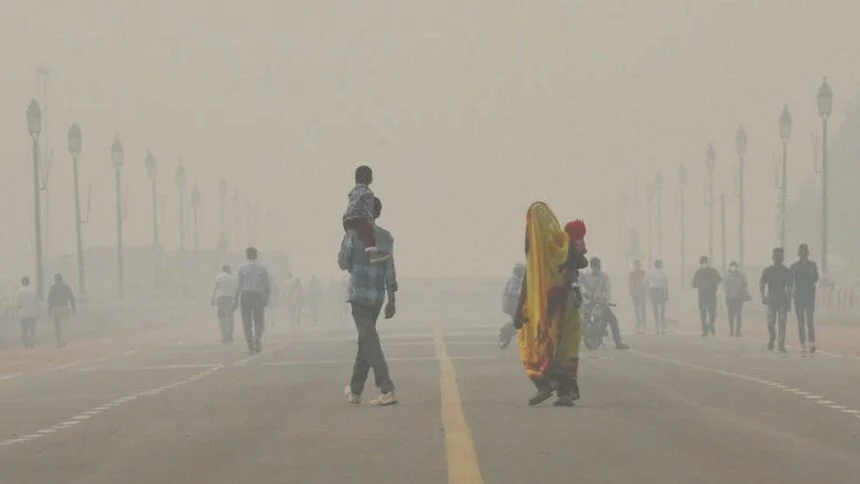On Thursday, nearly all monitoring stations in the Indian capital’s 20 million residents saw the air quality index (AQI) breach the “severe” and “dangerous” categories, prompting demands for the closure of schools.
Data from the Central Pollution Control Board show that the AQI was above 450 in many locations early in the day. According to the federal government, a reading above 400 influences healthy people and has serious consequences for people who already have diseases.
According to data from the Delhi Pollution Control Committee, the index exceeded 800 in several areas of the city.
Author and socialite Suhel Seth wrote a tweet that said, “What is happening with air pollution in Delhi is nothing short of a crime against humanity!” There has been a complete breakdown of accountability.
Every winter, the smog that covers the capital of the most polluted capital in the world is caused by the burning of crop stubble in neighbouring states to clear the fields for the next crop, which traps dust from construction, car emissions, and other sources in the cold, air mass.
Sometimes, the air quality is made worse by lower temperatures, calmer winds, and their occasionally changing directions.
Social media users including parents and environmentalists asked that schools be closed.
Environmental activist Vimlendu Jha said on Twitter, “I know children don’t vote for you, but still, requesting all the chief ministers of Delhi (capital region) to immediately SHUTDOWN all the schools.” For our youngsters, when every third child already has some pulmonary challenges, inhaling 500+ AQI is NOT NORMAL.
Arvind Kejriwal, the chief minister of Delhi and the leader of the party that also rules Punjab, where crop burning is rampant, said on Twitter that people in both Punjab and Delhi are combating pollution “at their level.”
To prevent dust pollution, the capital this week stopped the majority of building and demolition projects. Additionally, it urged citizens to share, ride motorcycles instead of driving alone, work from home whenever possible, and use less coal and firewood at home.












